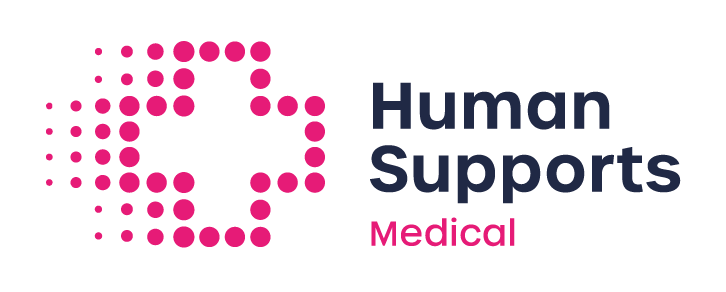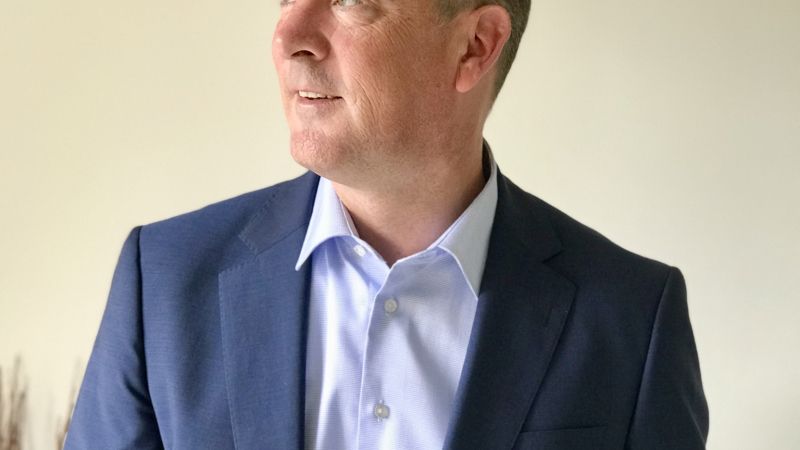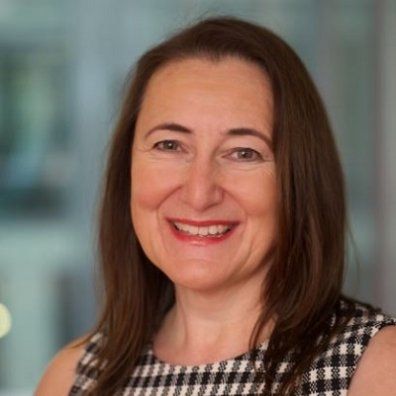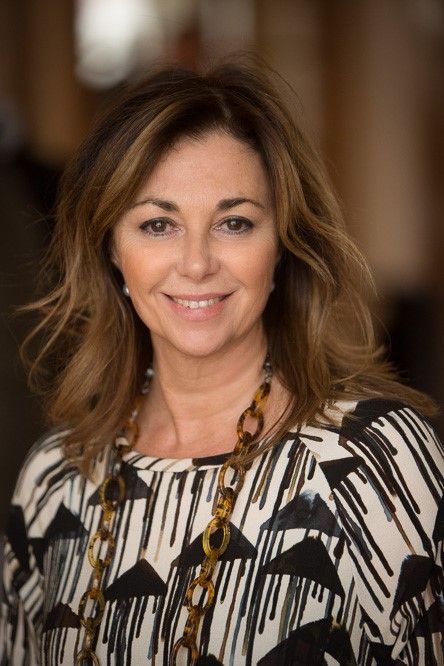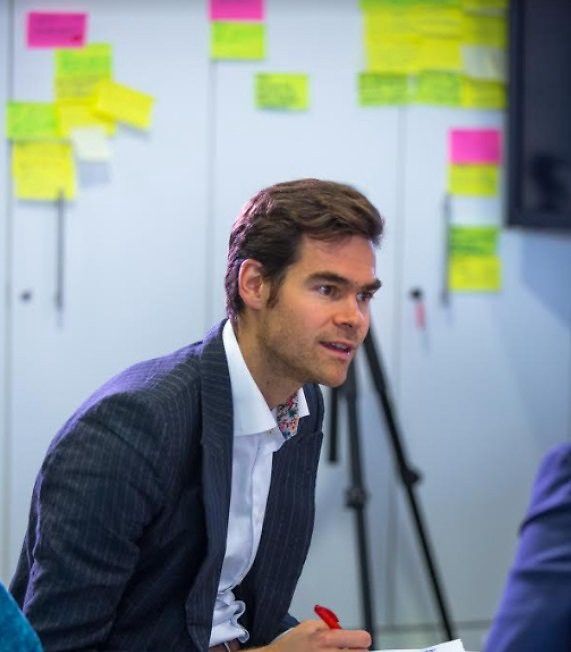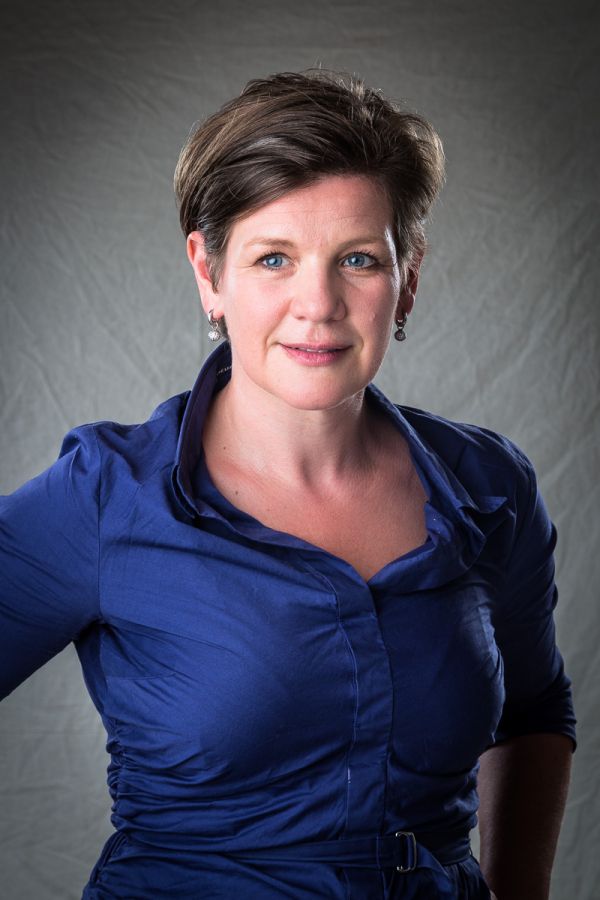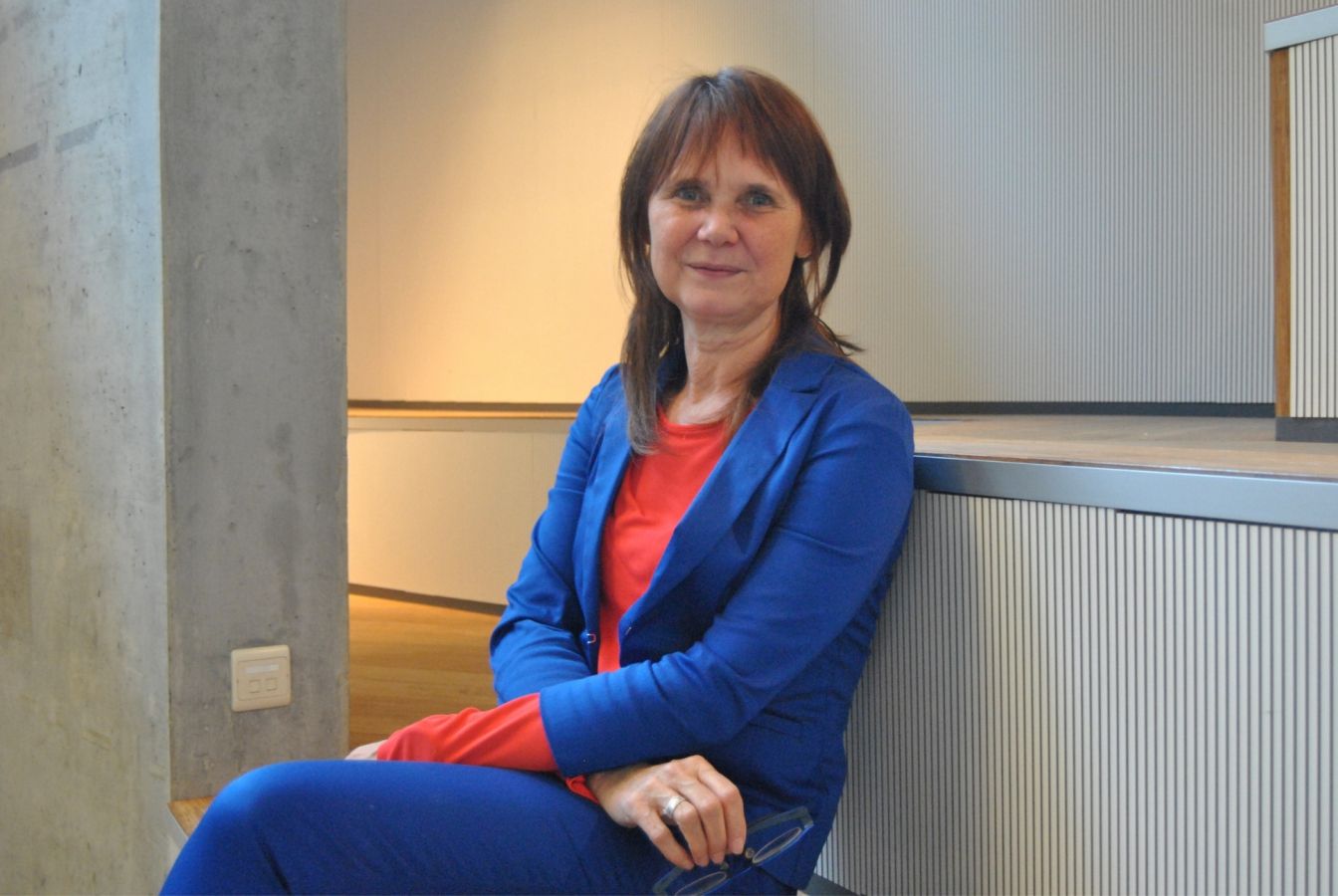"We are focusing on extreme customer and employee focus"
Every month, #ZigZagHR interviews an international HR professional. This time Lesley talks to Raf Lamberts, Chief Human Resources Officer at Vanderlande. He prefers to call himself Chief People Officer, in analogy with Vanderlande's People Strategy. "Because people are key and that is how they feel at Vanderlande. HR adds value to the business because HR wants to, not because HR needs to."
Vanderlande is the global market leader for logistics process automation at airports and in the parcel market. "We move suitcases and packages at airports and in distribution centres, and we make airports, parcel services and warehouses around the world more efficient," explains CHRO Raf Lamberts. Vanderlande's People Strategy recently received the HR Proffie Award in the Netherlands, because it responds so well to internal and external developments.
In recent years Vanderlande has evolved from a Dutch start-up to a mature international player, which was acquired by Toyota Industries Corporation (TICO) in 2017 to give the Brabant-based company the financial scope it needs for its growth plans and internationalisation. And Vanderlande is growing remarkably fast: every year the company recruits about 1,000 employees.
The starting point:
Extreme focus on customer and employee as the basis for wellbeing and growth
"Everything starts from our ambition to further strengthen our position worldwide in market segments that are growing enormously", says Raf Lamberts. "In addition to radical customer focus, we are committed to extreme employee sensitivity. This means that we give our employees all over the world maximum support. This is the foundation for our growth strategy."
The People Strategy comprises four pillars:
- High-volume talent acquisition: how to attract new employees quickly enough to enable international growth?
- Accelerated capability building: how to make sure that newly recruited talent reaches cruising speed as quickly as possible? Raf: "We have set up our own academy, where employees can gain knowledge, competencies and skills to grow as a person and to help grow the company along with them."
- Next-generation leadership: how to make sure that tomorrow's leaders are ready? The speed of growth not only means that our talent pipeline dries up quickly, but also that people are sometimes catapulted into leadership positions when they are not yet ready.
- Meaningful alignment & engagement: "If your DNA contains extreme customer and employee centricity, you attract a specific profile. This creates a strong dynamic and a strong connection. Together, we can do enormously cool things in a market that is growing very fast. The financially strong results and growth that we are so proud of are the logical consequence of a strong commitment to customer and employee sensitivity."
The challenge
How to guarantee a personalised employee experience for a diverse workforce?
"We are originally a Dutch company and want to keep it that way, but the challenge in rapid strong growth and internationalisation is to come up with scalable business and people solutions for all employees in the world," outlines Lamberts. "The diversity of our population has changed enormously since Vanderlande was founded. We have every possible nationality and five generations in our workforce. One third of our 7,000 employees have been with us for less than 18 months. At the same time, we have employees who have been working at Vanderlande for 40 years."
How do you get all these diverse employees to work together harmoniously? "Culturally, it is a huge challenge to ensure a personalised, optimal employee experience without losing our individuality."
The solution
Two keys
1. To measure is to know: deploy HR Tech and sentiment analysis
First Vanderlande launched an employee experience survey with 26 questions to find out what is going on, what the company is doing well and what could be improved. "We do this every 6 months," says Lamberts. "The main goal of this survey is not to analyse the scores people give, but to analyse the qualitative feedback people give in the free text fields.
Sentiment analysis, in other words, a technique that has been used in marketing and social media for some time now. In social media, an opinion or a review provides more insight than a like. "We work with an external partner who uses artificial intelligence to analyse the comments of our employees in the free text fields, in any language and derive sentiment and emotional drivers from them. Such an analysis makes very concrete what contributes positively to the employee experience and what is perceived negatively."
2. Put the follow-up of the survey in your team’s hands and create a framework
"We also decided not to have a corporate follow-up on the results of the surveys," Lamberts adds. "Instead, our managers received a report at the team level with the most important drivers and detractors in their unit and the question of entering into dialogue with their team on the basis of these results. To this end, we provide them with an ACT framework. ACT stands for Acknowledge where you stand, Communicate with your team and Take action to roll out one improvement per quarter. This is feasible for every manager. By rolling that out over a population of 7,000 employees worldwide, with an average of 10 managers, you have 700 (!) actions in one go that boost the organisation."
Three questions were added in response to the current crisis: "Despite all the restrictions that covid-19 entailed, our employee satisfaction is top-notch. By repeating this survey and this way of working every 6 months, we are continuously lifting the employee experience to a higher level in a personalised way, without losing the Vanderlande identity."
As a result of these surveys, Vanderlande has launched numerous actions that contribute to wellbeing in all its forms. The managers have the freedom to take concrete action and HR provides the framework to support them.
"In the Netherlands, we have had a long-standing habit of focusing strongly on physical wellbeing: we have a gym, for example, 250 people take part in the marathons of Rotterdam and Eindhoven every year, and there are regular boot camps to exercise together," says Lamberts. In recent months, he has seen the need for an emotional wellbeing policy increase in most regions.
"Both in the Netherlands and in the rest of the world, we create the framework and we support it, but the business needs to take the initiative and this stimulates the creation of new communities" Lamberts explains. "For example, we have a yoga community, an AutoCAD community, anything that can connect people, without being limited by team and country. To keep it all together, we put an I am Vanderlande umbrella above it.
There is no procedure, you can just sign up to any community. "Although we have a budget available, funding is rarely. We spend a few 10,000 euros worldwide for a population of over 7,000 employees," Lamberts confides. "If it is important and valuable to employees and if it brings people together, we want to support it."
He gives some examples: "Because there is no Christmas party in the Netherlands this year, some film fanatics came up with the idea of organising a drive-in film in the car park. They organised five sessions and each session had a limit of 150 cars. Cost: 2,500 euros. Our engineers made a trip to the world's most advanced solar-powered car, developed at the Technical University of Eindhoven. There is also a community of musicians who have performed at our Forward Together Festival to mark our 70th anniversary."
In North America, dialogue sessions were organised in response to Black Lives Matter: "Colleagues openly shared how they are confronted with discrimination on a daily basis. On that basis, Vanderlande has committed itself to a non-discriminatory policy.
Epilogue
In search of meaning: "Our common it"
Managers have a particularly important responsibility when it comes to the well-being of their employees. Do they get support? "We have designed a high performing team journey around a simple model, a leadership development framework: we develop the I and the We in service of a common it," explains Lamberts. "Each team has a purpose, a goal to add value to the organisation, and each team needs to get to grips with this common it, decide what they stand for as a team and what their contribution is to the whole. On the basis of an assessment at team level and at individual level, they map out where the development needs lie."
This article was written and translated by #ZigZagHR.









